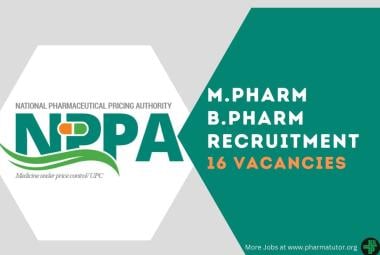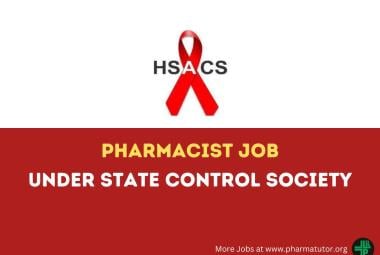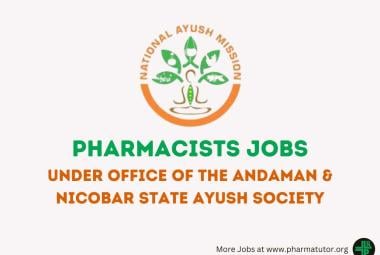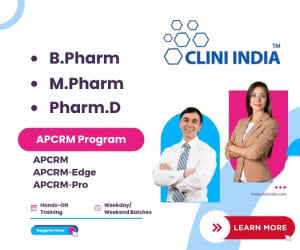PHARMACOLOGICAL ACTIVITY OF AMARANTHUS SPINOSUS WITH SPECIAL REFERENCE TO ITS ANTIPYRETIC ACTIVITY
About Authors:
SAMRAT BOSE*, SUCHARITA ROY
Department of Pharmacology
Bengal School of Technology,
Chuchura, West Bengal.
*samratbose09@gmail.com
ABSTRACT:
Amaranthus spinosus, commonly known as the spiny amaranth, prickly amaranth or thorny amaranth, belonging to family Amaranthaceae. Tradionally A.spinosus used as diuretic, anti-diabetic, antipyretic, anti-snake venom, anti-leprotic and anti-gonorrheal, anti helmintic, anti androgenic etc[1]. The aim of present study was to investigate the antipyretic activity of MeOH-Water extract of Amaranthus spinosus in rats. MeOH-Water extract was administered at a dose of 100mg/kg, 400mg/kg and 600mg/kg through ip.



 About Authors:
About Authors: About Authors:
About Authors:  About Author:
About Author:







.png)

